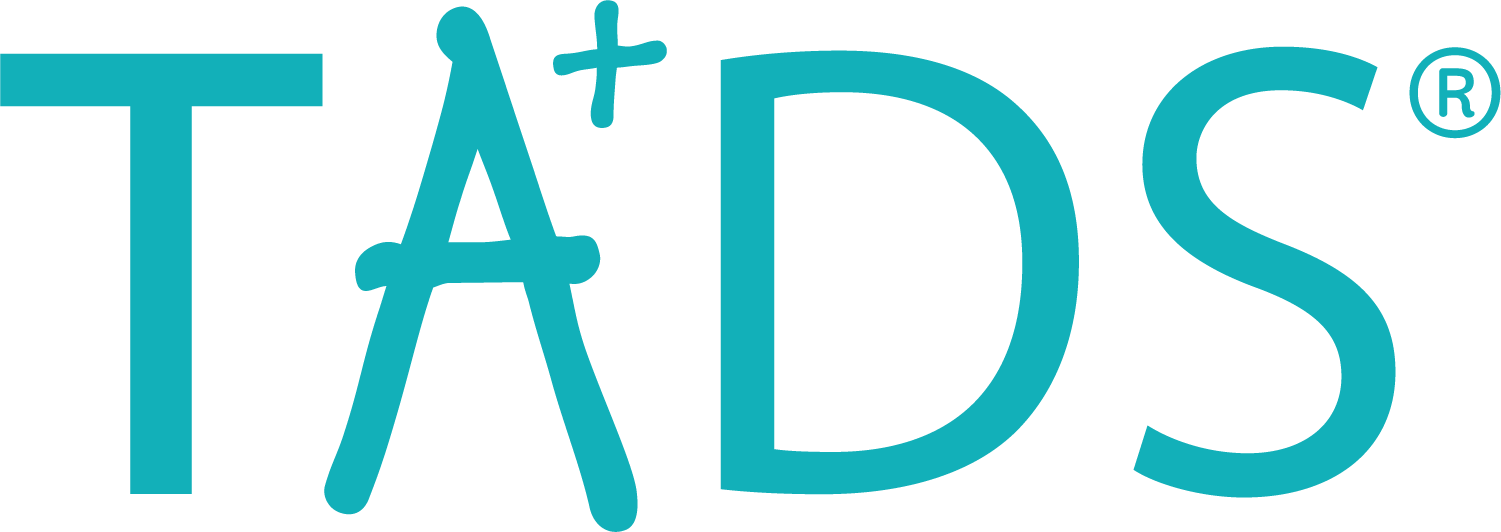
Admissions are among the first processes where potential students and families interact with your school. Streamlining this process for your target audience can make a better first impression and give them an idea of what it will be like to enroll in and learn at your institution. Additionally, you can better support your faculty and staff by implementing the right strategies and planning procedures.
Learn how to streamline your admissions process for the coming year below.
In This Article
1. Reflect on Last Year’s Admissions
When determining what you can do to improve your admissions process for the coming year, you should analyze the strengths and weaknesses of the current and previous years. Your current and prior admissions methods can help you target improvements.
You might begin by analyzing your leads. As individuals move through the marketing funnel, fewer proceed to the next level. You can streamline and optimize your admissions process by identifying why students and families failed to submit their final applications.
Was there a step they were stuck on? Did they require a resource they couldn’t access? If families reached out for help, was there something the majority struggled with? Analyzing the answers to these questions can provide starting points for a streamlined school admissions process.
2. Boost Organization
Organization throughout the admissions process is essential, especially if you want to boost efficiency. When you know where everything is and can find the proper documents easily, you can provide better, faster services to families, students, and faculty throughout admissions.
Going paperless can help you increase organization without taking up office space. When individuals can misfile an essential document, online systems allow you to search by file names to locate items quickly. You can also ensure no one throws away important papers on accident.

3. Upgrade Forms
Families spend a large portion of the admissions process filling out forms for your school. You can streamline the experience by evaluating your collection process.
Along with paperless organization, virtual forms allow individuals to submit documents online. This system allows families and students to complete and turn in papers on their schedule to accommodate work, child care, commuting, and other factors. Your admissions team will receive the information immediately, allowing for fewer opportunities for missed meetings or miscommunications.
As you head into the new admissions season, you should consider the content of your forms. When families have to fill out the same information across several forms, it can increase frustration and reduce efficiency in the admissions process. Further, you should remove information you no longer need, saving time for families and administrators processing forms.
The smaller details can also impress and assure families, especially when filling out forms. Before launching your form packets, ensure everything has the correct dates, especially the year. Providing factual information can reduce confusion and questions for families. You can also add your school’s name and logo to the documents, helping strengthen your brand awareness and recognition while reminding families why they’re completing the forms.
4. Prepare Resources for Students and Families
Families and students entering the admissions process have various needs they will require administration and faculty to assist with. While questions and concerns are great ways for both parties to interact, too many requests for assistance can overwhelm your admissions and administrative teams, reducing efficiency. You can further streamline admissions by preparing resources for students and families before the admissions process starts.
Your online resources and information allow students and families to answer questions before turning to you. Review your website and information pages about your programs and clubs. Everything should be accurate, up-to-date, and consistent across your site. When individuals can rely on and trust your website for information about your school, they feel more confident in your institution and their perception of it.
Consider setting up a page about frequently asked questions for the admissions process. You can compile what you expect or know families and students are most concerned about, giving them a space to review common questions before turning to you. Some questions might include the following:
- Where do I submit my application?
- What forms do I need?
- Do I need to complete an interview?
- Is it required to attend information sessions?
- How do I apply for scholarships and financial aid?
Students and families can feel assured when receiving more immediate answers to their questions and concerns. When families don’t have to wait to speak with someone, they can return to working on their application, increasing their chances of submitting it. Additionally, your administrative teams have more time to help families and students with more complex problems, increasing response efficiency to help more students in the same amount of time.
What to Look for in Software for School Admissions
Admissions software can significantly impact your 2023 school admissions season. These solutions aim to streamline processes, improve efficiency and visibility, and retain your applicants for well-rounded, competitive admissions classes. Choosing the right program can ensure your school benefits from the investment.
Some features to prioritize in school admissions software include:
- Supporting your branding standards: Many admissions solutions support online forms and application submissions for increased efficiency and accessibility, but you should ensure you can customize forms to your needs and branding standards. Your logo, school name, and essential dates help your materials feel more professional and reliable while helping them stand out from other schools.
- Reducing redundancy for families and students: Compiling your forms in a centralized, digital database ensures that all relevant faculty and staff can access them when necessary. Instead of filling out the same forms for multiple departments, families only need to submit information once. Many platforms carry submitted information across forms to save families time.
- Automating processes: Families and faculty must manage several processes and requirements during admissions season. Even the best checklists can make it challenging to track everything manually. Automated features and procedures can relieve some of the responsibilities on individuals. For example, programs can automatically send reminders for important due dates. It can also notify your faculty when accounts are inactive, identifying when you should check-in.
Applying school software for your 2023 admissions can help your team track and streamline processes for more efficient and impactful efforts. When you have tools backing your work, you can better anticipate and meet student needs.
Streamline Your 2023 Admissions Season With TADS
TADS offers school software designed for private K-12 schools with your needs in mind. Our admissions and enrollment software solution tracks progress in real-time, so you can better understand applicant progress and help students complete every part. Automated reminders and notifications increase visibility and communication, informing families and faculty of submissions and due dates. Customization enables schools to meet their branding standards.
This solution integrates with other TADS and Community Brands K-12 offerings, such as tuition and billing management or financial aid services, for increased consistency and visibility that leave a good impression on families. As paperless solutions, you can manage everything online for increased efficiency and streamlined organization.
Request a demo today and discover how TADS can support your upcoming admissions season.

